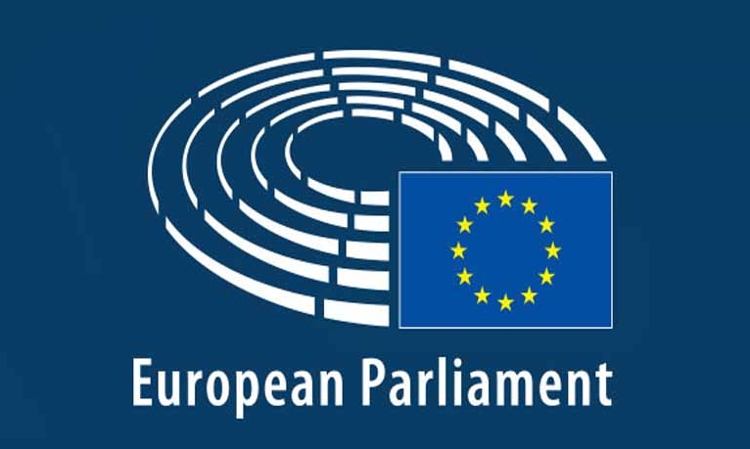Next Story
17 April 2024 2:00 PM IST
The European Parliament approved a legislation which brings substantial reform aimed at tightening the EU's migration and asylum rules marks a significant milestone after years of negotiations. The EU Asylum and Migration Pact, under discussion since 2015, is slated to come into effect within the next two years. One of the primary objectives of the pact is to streamline the...

